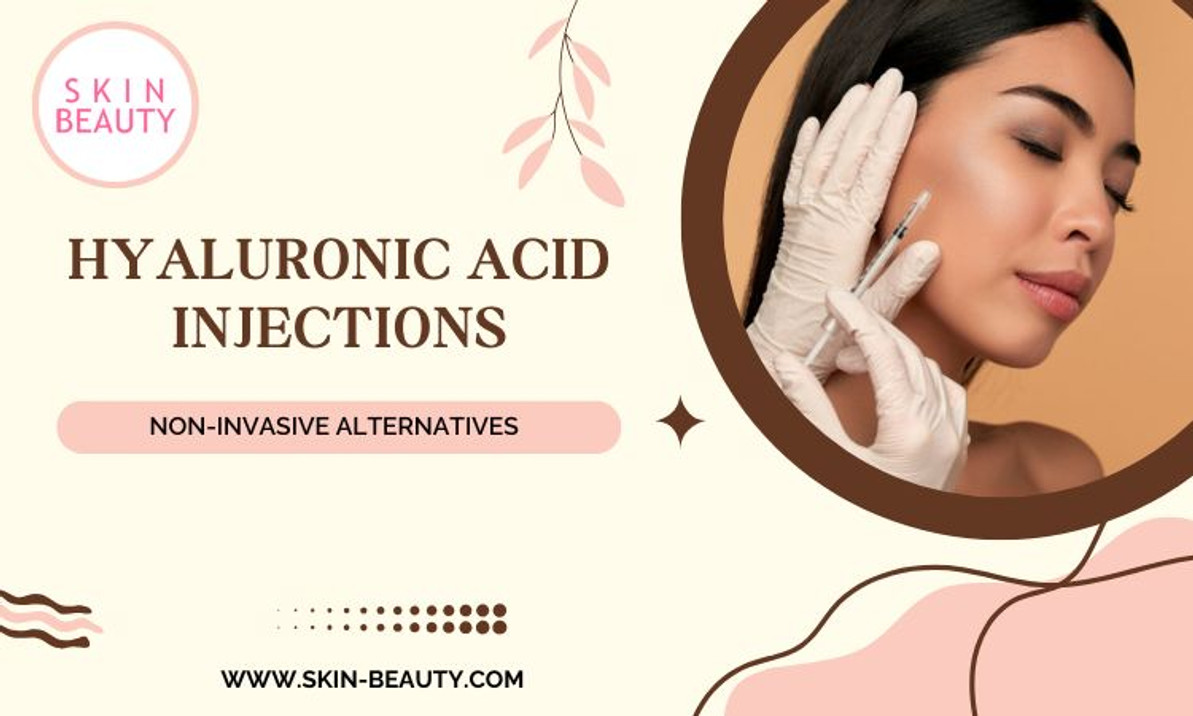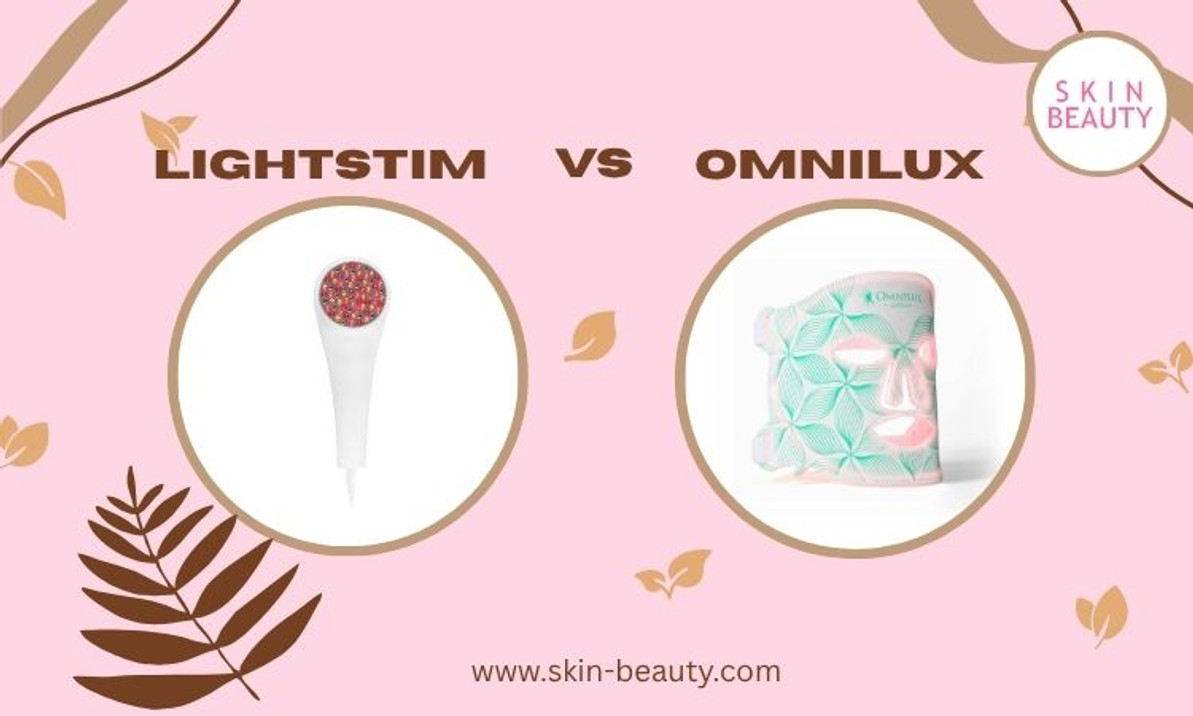Can Retinol and Niacinamide Be Used Together?
Niacinamide and retinol are both popular skincare ingredients. Both ingredients can help improve skin blemishes and acne, even skin tone, and diminish the signs of aging. However, suppose you currently use a product that contains one of these ingredients. In that case, you may wonder if using niacinamide and retinol together could be more effective and if combining them is safe. In addition, some ingredients don't mix well with others. In this blog, we'll explore niacinamide and retinol in more detail and whether combining them as part of your skincare routine is a fantastic idea.
What is retinol?
Retinol is a vitamin A derivative that can be used as an anti-aging treatment, while niacinamide is a type of B3 vitamin that may help reduce redness and inflammation. Retinoic acid, often referred to as retinol, has increased collagen production in skin cells while reducing wrinkles and hyperpigmentation caused by sun exposure. We recommend PCA Skin Intensive Brightening Treatment, and in addition, it has been shown to lighten dark spots on the face when applied topically at night for 12 weeks or more. However, some people find retinol too irritating, so they prefer using other forms of Vitamin A, like retinaldehyde, instead. It's often used in products to help reduce:
- acne
- visible aging
- hyperpigmentation
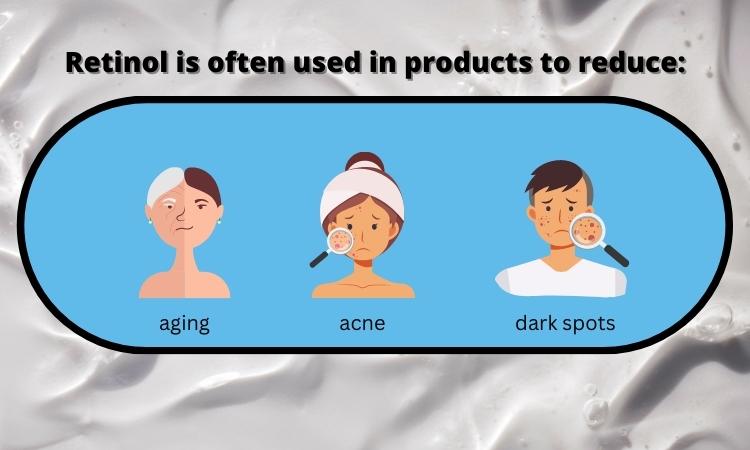
What is niacinamide?
Niacinamide is a form of niacin, also known as vitamin B3. It's one of the eight B vitamins your body needs to stay healthy. Niacinamide repairs DNA controls inflammation and increases cellular energy, which allows your cells to perform primary chemical activities. We recommend PCA Skin Vitamin B3 Brightening Serum. When applied, niacinamide has additional benefits such as:
- anti-aging
- acne scars
- rosacea reduction
- atopic dermatitis relief
- autoimmune blistering disorders
- hyperpigmentation
- itchiness
- sunspots
The benefits of niacinamide mentioned above are due to several factors. Niacinamide has an anti-inflammatory effect that is beneficial for skin irritation and redness. In addition, it reduces the activity of cells that produce oil. In addition, niacinamide reduces hyperpigmentation by supporting enzymes involved in melanin production. It also helps your skin hold water, which enhances the skin barrier and keeps your face hydrated. Because of these unique benefits, niacinamide is used in many skincare products. It's generally well-liked and considered safe for sensitive skin.
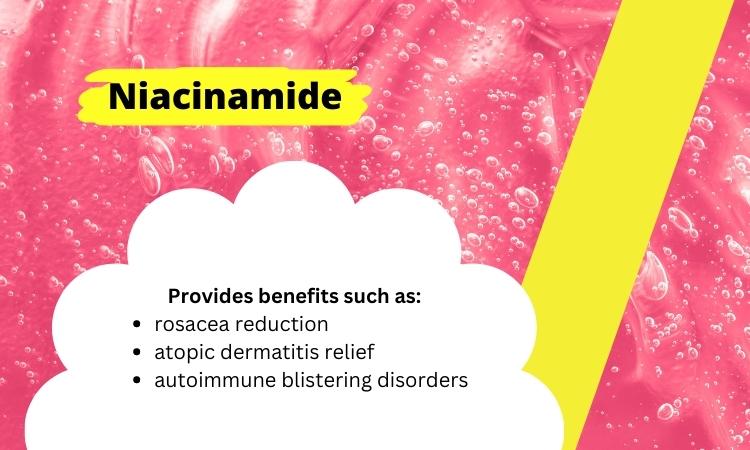
Can niacinamide and retinol be used together?
Retinol and niacinamide can be used together to achieve optimal results for skincare. However, retinol is also a form of vitamin A, so it should not be taken with another retinol product or retinaldehyde because they are forms of the same ingredient. On the other hand, niacinamide is a form of Vitamin B that can help with skincare issues, such as acne. However, retinol has also been shown to help with acne. Still, it can make skin more sensitive to the sun, so many people prefer retinol or retinaldehyde instead of niacinamide for treating their acne.
The benefits of using niacinamide and retinol together
Using retinol and niacinamide in one product or combined as part of your skincare routine has several benefits. Niacinamide reduces the irritation and dryness caused by retinol. Additionally, we found that a retinol cream with moisturizing ingredients, including niacinamide, caused less outrage than a formula with just retinol alone. Formulas containing both niacinamide and retinol are beneficial for your skin. For example, a retinol cream with niacinamide, hexylresorcinol, and resveratrol improves skin tone and signs of aging. We also found that using retinol, nicotinamide, and 7-dehydrocholesterol together is also safe and effective for acne.
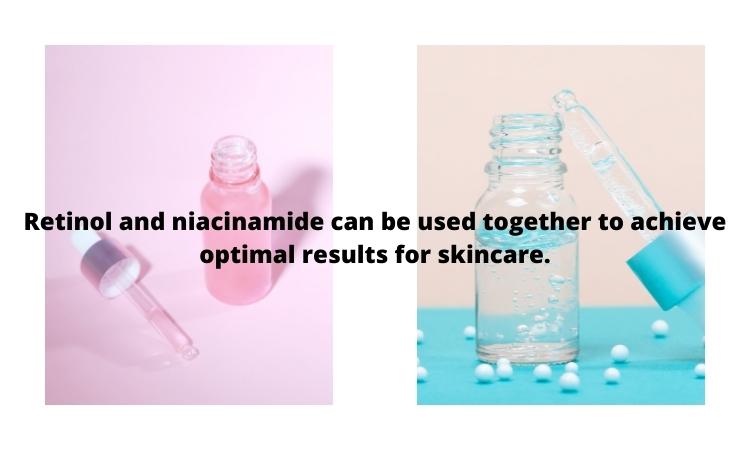
What are the side effects of using retinol and niacinamide together?
It's not uncommon for people to want to use both together because they know the benefits of each ingredient, but there is a risk of side effects when using them simultaneously. Here are some side effects you might encounter and how to avoid them by adjusting your routine. Facial redness, peeling, flaking skin or stinging may occur with either retinol or niacinamide alone. The most common issue is increased facial redness, which increases sun exposure sensitivity. Retinol can also cause acute stinging or redness to the eyes when applied, so if you're using both, it's essential to take extra precautions by avoiding applying either one near your eye area. In addition, you may be able to reduce these side effects by skipping days between treatments with each product.
Can niacinamide and retinol be used together concluded?
Niacinamide is a gentle skincare ingredient that helps reduce the signs of aging, discoloration, and blemishes. Retinol has similar benefits but is more substantial than niacinamide. It can also irritate your skin if you are not careful about what products are used together with this powerful nutrient. Pairing these two nutrients together will hydrate your skin while protecting from any potential redness or dry patches on our faces during use, ensuring we get all those good things without experiencing side effects along the way too. In addition, niacinamide further improves the extensibility of other skincare products.
Recent Posts
-
Hyaluronic Acid Injections
Hyaluronic Acid Injections: What to Know & Non-Invasive Alternatives That Actually Work In the p …Jun 17th 2025 -
Kojic Acid Creams
My Kojic Acid Journey: How One Ingredient Transformed My Skin (And the Best Kojic Acid Creams to Try …Jun 11th 2025 -
LightStim vs. Omnilux
LightStim vs. Omnilux: My Real LED Skincare Results & Which One I Recommend LED light therapy&nb …Jun 3rd 2025


